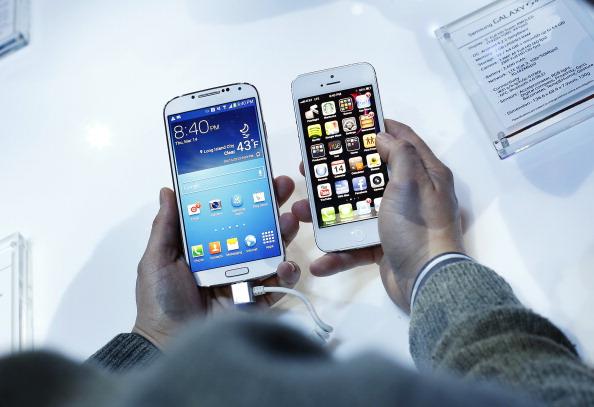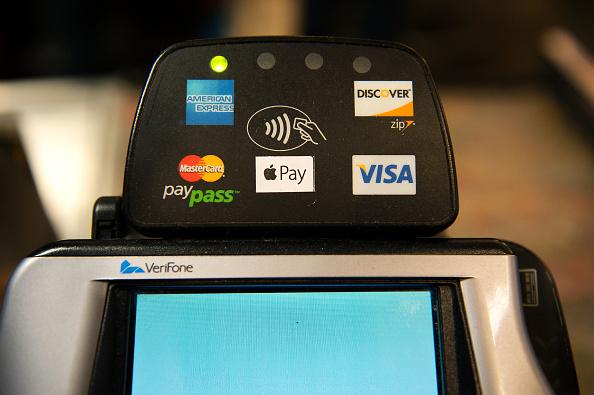As the smartphone industry matures companies are positioning themselves for sustainability as well as growth in emerging markets.
Maturing Smartphone Market
There is a lot of talk about the “Post-PC” era, which is defined by a decline in PC sales and an increase in tablet and smartphone sales.
There is also another good reason for the “Post-PC” era, and that is computers have matured to a point where consumers do not see a need to upgrade anymore.
No one is compelled to get the latest computer with specifications such as an i7 processor, with 8 gigabytes (GB) of random access memory (RAM), and an 1,000-core graphics card to run Microsoft Word.
Hard-core gamers, and those that work with high-resolution images might always have a reason to get the latest and greatest hardware.
With the improvement to hardware, such as Apple’s Sapphire glass and LG’s G Flex, it might only be a matter of time before we see a virtually indestructible smartphone.
Qualcomm and Intel have already produced 64bit mobile central processing units (CPU), and that enables support for 4GB of RAM and beyond.
A lot of smartphones come with a radio, a camera, a compass, a leveler, a motion detector, and for everything else, there is an app.
Unless other compelling features are made available, when features such as sapphire glass and G Flex hit the market, along with high performance CPUs and more RAM than you will ever need, the frequency of smartphone upgrades will slow.
Unlike desktop computers, many smartphones are subsidized by phone carriers, at lease initially to lure in new customers.
According to an article on DailyTech, AT&T CEO Randall Stephenson told investors that with 75 percent market penetration, it’s time to stop subsidizing smartphones and to shift toward having customers use more of its network.
Stephenson went on to say, “as you approach 90 percent penetration, you move into maintenance mode.”
Sustaining Smartphone Users
First time smartphone shoppers tend to buy Android based smartphones, but keeping them on Android can be a challenge.
In an article by phoneArena, it was reported that between July 2012 and June 2013, 20 percent of Apple’s iPhone customers came from Android, while 7 percent of Samsung’s Android customer came from Apple.
The report also stated that 43 percent of Samsung’s customers came from other Android phone manufacturers.
Likewise, it was Apple that was losing market share when Android first arrived, and even now it is unclear how much market share Apple has conceded to other mobile manufacturers.
Fragmentation is another concern for the smartphone industry. Fragmentation refers to the different versions of an OS that are installed across the user base of a given platform. It causes developers to have to create multiple versions of their applications to work on multiple OS versions, and the users’ experiences vary from version-to-version, with older OS versions not being able to run newer applications for various reasons.
InformationWeek reported in December of 2013 that Apple’s iOS 7 adoption rate was 80 percent, while Android 4.4, codename KitKat, was at 1.1 percent adoption.
With the sale of Motorola to Lenovo and a new deal with Samsung not to customize Android OS as heavily as it has been, Google is making it easier for the majority of its users to adopt its latest OS quicker. That should put Android in a better position to compete with Apple’s iPhone.
Growth in Emerging Markets
Emerging markets are another area where smartphone makers are looking for future growth, since the American and the European markets have almost been saturated.
Android is a favorite in the emerging markets, because a lot of original equipment manufacturers (OEM) produce low-end Android smartphones and the price point is right for such markets.
The iPhone 5C was an attempt by Apple to get a better foot-hold in emerging markets, but sales have been less than stellar.
As reported by USA Today, the sales of Apples iPhone 5C have been disappointing to the extent that Apple might cut prices and use the iPhone 5C as a way to gain market share in emerging markets.
With phablets being a trend in Asia, Apple is rumored to be building its iPhone 6 with a bigger screen suited for that market.
According to a survey by JANA, Windows Phone is showing promise in emerging markets, and could be the No. 2 smartphone behind Android fairly soon.
One of the key reasons people wanted to get a Windows Phone is because of the compatibility with Windows Desktop and brand recognition.
As the smartphone market matures, companies will have to change their business model for sustainability and stave off competitors in an increasingly competitive market.




